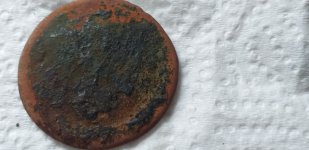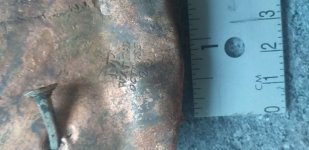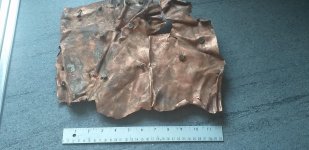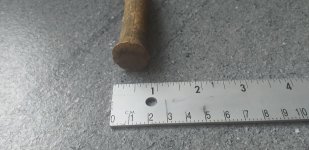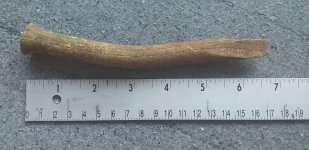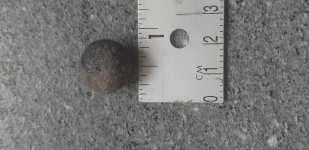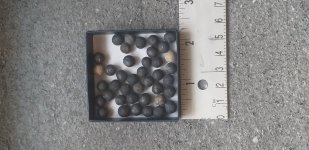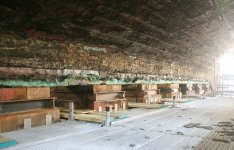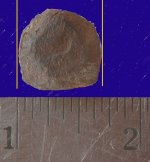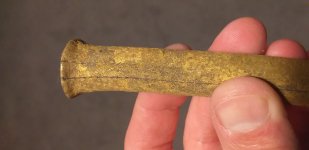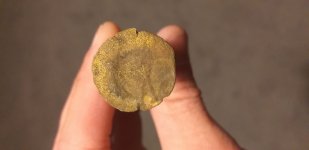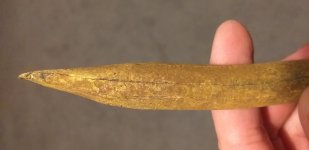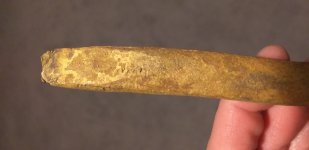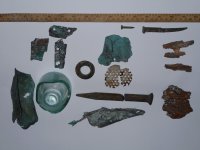Small Adventures
Full Member
- Apr 24, 2016
- 197
- 1,246
- Detector(s) used
- One that is good at finding bottle tops.
- Primary Interest:
- All Treasure Hunting
Hi.
I recently found the site of a couple of ship wrecks and have found quite a few interesting things.
I was wondering if there was anyone in this forum who knows anything about the makers stamp and the brass spike.
I recently found the site of a couple of ship wrecks and have found quite a few interesting things.
I was wondering if there was anyone in this forum who knows anything about the makers stamp and the brass spike.


